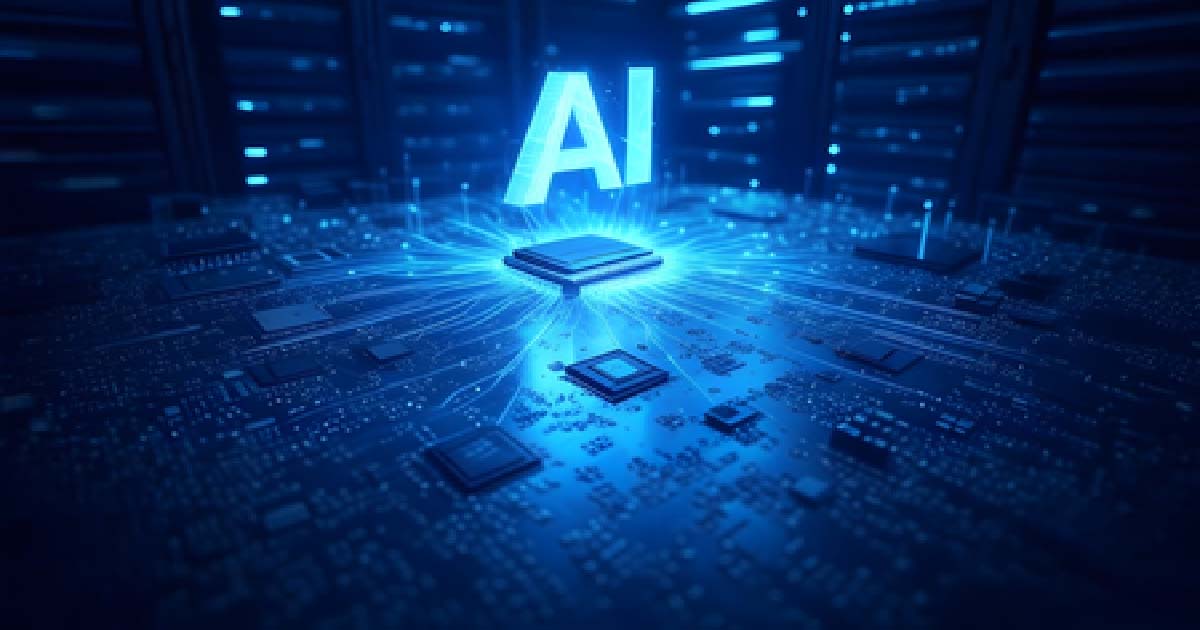National News
15-year study details origins, diversity of every known mineral

A 15-year study led by the Carnegie Institution for Science details the origins and diversity of every known mineral on the Earth, a landmark body of work that will help reconstruct the history of life on the earth, guide the search for new minerals and ore deposits, predict possible characteristics of future life, and aid the search for habitable planets and extraterrestrial life.
In twin papers published by American Mineralogist and sponsored in part by NASA, Carnegie scientists Robert Hazen and Shaunna Morrison detail a novel approach to clustering (lumping) kindred species of minerals together or splitting off new species based on when and how they originated.
Once mineral genesis is factored in, the number of “mineral kinds” — a newly-coined term — totals more than 10,500, a number about 75 per cent greater than the roughly 6,000 mineral species recognized by the International Mineralogical Association (IMA) on the basis of crystal structure and chemical composition alone.
“This work fundamentally changes our view of the diversity of minerals on the planet,” says Hazen, Staff Scientist with the Earth and Planets Laboratory, Carnegie Institution for Science, Washington DC.
“For example, more than 80 per cent of earth’s minerals were mediated by water, which is, therefore, fundamentally important to mineral diversity on this planet. By extension, this explains one of the key reasons why the moon and mercury and even mars have far fewer mineral species than the earth.”
“The work also tells us something very profound about the role of biology,” he adds. “One third of earth’s minerals could not have formed without biology — shells and bones and teeth, or microbes, for example, or the vital indirect role of biology, such as by creating an oxygen-rich atmosphere that led to 2,000 minerals that wouldn’t have formed otherwise.”
“Each mineral specimen has a history. Each tells a story. Each is a time capsule that reveals earth’s past as nothing else can.”
According to the paper, nature created 40 per cent of earth’s mineral species in more than one way — for example, both abiotically and with a helping hand from cells — and in several cases used more than 15 different recipes to produce the same crystal structure and chemical composition.
Of the 5,659 recognized mineral species surveyed by Hazen and colleagues, nine came into being via 15 or more different physical, chemical and/or biological processes — everything from near-instantaneous formation by lightning or meteor strikes, to changes caused by water-rock interactions or transformations at high pressures and temperature spanning hundreds of millions of years.
And, as if to show she has a sense of humour, nature has used 21 different ways over the last 4.5 billion years to create pyrite (aka Fool’s Gold) — the mineral world’s champion of diverse origins.
Pyrite forms at high temperature and low, with and without water, with the help of microbes and in harsh environments where life plays no role whatsoever.
Composed of one part iron to two parts sulfide (FeS2), pyrite is derived and delivered via meteorites, volcanoes, hydrothermal deposits, by pressure between layers of rock, near-surface rock weathering, microbially-precipitated deposits, several mining-associated processes, including coal mine fires, and many other means.
To reach their conclusions, Hazen and Morrison built a database of every known process of formation of every known mineral.
Relying on large, open-access mineral databases, amplified by thousands of primary research articles on the geology of mineral localities around the world, they identified 10,556 different combinations of minerals and modes of formation, detailed in the paper, “On the paragenetic modes of minerals: A mineral evolution perspective.”
Crime
Ulhasnagar Woman Harassed in Divyang Coach Of Mumbai Local Train; 2 Arrested

Kalyan: In a shocking incident, a 26-year-old woman from Ulhasnagar was allegedly harassed in the Divyang coach of a Mumbai local train on December 2. The incident occurred on Tuesday, December 2, at around 8.15 pm.
In the video shared by, while returning from work in Thane, she boarded the Central Railways Thane-Kalyan train. After the train crossed Dombivali, the woman argued with the accused, identified as Anup Surendra Singh, and Abhilasha Arjun Nayar regarding the Divyang pass. The woman alleged that after she had a heated argument, the two accused caught her hand and even eve-teased her.
When they got down at Ulhasnagar station, all three, along with another eyewitness, had a huge argument at the station. Railway Police soon reached the platform, where several women intervened and confronted the officers about the incident. The police then later moved the accused to the Kalyan Railway Police Station, and based on the woman’s complaint, a case was registered under Section 74 of the Bharatiya Nyaya Sanhita (BNS). Both the accused have been arrested.
Meanwhile, last month, a 25-year-old transgender person was arrested by the Vashi Government Railway Police (GRP) for allegedly molesting a 28-year-old woman aboard a Panvel to CSMT local train on 2 November. The incident occurred around 12.10 pm when the train was nearing Nerul station. The accused, when he boarded the general compartment of the harbour line train, was seeking alms from passengers. When the train crossed Seawoods station, an argument broke out between the accused and a male passenger who refused to give money.
The man, accompanied by a female friend, asked the accused to move ahead, leading to a heated verbal exchange. During the confrontation, the accused allegedly abused the man and touched the woman on her shoulder, which made her uncomfortable. A complaint was filed and the accused was taken into custody by the Vashi GRP.
Business
India-AI Impact Summit 2026 to generate actionable recommendations: Minister

New Delhi, Dec 3: Reflecting India’s growing role in global AI discussions, the country will host the India-AI Impact Summit 2026 here from February 16–20, the government said on Wednesday.
For the first time, the global AI summit series will take place in the Global South and the shift signals a broader move toward a more inclusive global AI dialogue, said Union Minister of State for Electronics and IT, Jitin Prasada, in Lok Sabha.
“In line with Prime Minister Narendra Modi’s vision, the government is democratising the development and usage of technology. The focus is using Artificial Intelligence (AI) for solving real-world problems and ultimately improving lives across various sectors,” said the minister.
In this regard, the government has taken an inclusive and innovation-friendly approach to AI governance. India’s AI strategy has been formed after studying legal frameworks around the world and extensive consultation with stakeholders. A key pillar of India’s AI strategy is its balanced and pragmatic techno-legal approach to regulation.
The summit reflects India’s growing role in global AI discussions. It follows the UK AI Safety Summit, AI Seoul Summit, Paris AI Action Summit (which India co-chaired), and the Global AI Summit on Africa.
This demonstrates that the Summit is situated within a broader global discourse and seeks to contribute to harmonised international cooperation on responsible AI development, said the minister.
The thematic priorities of the Summit, referred to as the seven ‘Chakras’, underline its key objectives. These include Human Capital, Inclusion, Safe and Trusted AI, Resilience, Innovation and Efficiency, Democratizing AI Resources, and AI for Economic Development and Social Good.
These thematic areas encompass issues such as AI safety, data governance, transparency, human-centred development and accountability frameworks. These discussions are aligned to drive the strategic direction of the Summit’s events and deliberations.
The Summit is intended to generate actionable recommendations that contribute to long-term AI governance objectives rather than framing immediate binding regulations.
National News
Maha Legislature’s winter session from December 8 to 14

Mumbai, Dec 3: Amid local body polls, the winter session of the Maharashtra Legislature will be held from December 8 to 14 in Nagpur.
The schedule was finalised on Wednesday at the meetings of the Business Advisory Committee (BAC) of the state Assembly and Council held at Vidhan Bhavan.
The winter session duration was earlier announced from December 8 to 19, when both Houses were prorogued after the conclusion of the monsoon session held in July.
However, the winter session duration has been curtailed as polling during the second phase of the Nagar Parishad and Nagar Panchayat elections is slated for December 20 and counting on December 21.
Speaker Rahul Narwekar chaired the BAC meeting of the state Assembly, while state council Chairman Ram Shinde presided over the BAC meeting of the upper house.
The opposition parties, including Shiv Sena (UBT), Congress and NCP(SP), during the BAC meetings strongly demanded that the duration of the winter session should be not less than three weeks.
They also demanded that the appointment of leaders of the opposition in the state council and Assembly, respectively, should be done without further delays.
Shiv Sena (UBT) legislator Anil Parab confirmed that he and Congress legislator Satej Patil met Chief Minister Devendra Fadnavis, demanding the appointment of leaders of the opposition.
“It is unconstitutional to hold winter session of the state legislature in the absence of the leaders of the opposition,” he said.
He added that the Chief Minister assured them they would “consider the matter positively.”
Shiv Sena (UBT) legislator Bhaskar Jadhav criticised the government’s “dilly-dallying” over the appointment of leaders of the opposition in the state Council and Assembly, saying that the government fears the opposition’s presence.
“They (ministers) are not brave enough to face the opposition’s barrage of questions,” he claimed. Jadhav slammed the state government for “curtailing” the winter session, demanding that its duration should have been three weeks.
Shiv Sena (UBT) legislator Anil Parab attributed the short duration of the winter session to the impending Municipal Corporation elections in Mumbai, Pune, Nashik, and other major cities, suggesting the government is reluctant to address issues comprehensively before the polls.
“A one-week session is not enough to raise all of Maharashtra’s issues. We only hope that at least Vidarbha’s core issues can be addressed since the session is in Nagpur,” he remarked.
Bhaskar Jadhav argued that the government is “not prepared to extend the session” because, despite having a large majority, “they do not have answers to the torrent of questions from the opposition”.
Bhaskar Jadhav launched a scathing attack on the State Election Commission (SEC) for its alleged inaction on pre-election financial schemes.
“The current State Election Commission seems to be blind, mute, and deaf and working for a political party. Previously, the SEC used to immediately stay financial schemes announced just before elections. But this commission is watching with open eyes while government money is being distributed to buy people’s votes,” he commented.
In a sharp counterattack, BJP legislator Ram Kadam dismissed the opposition’s criticism of the session duration.
“These are the same people who used to wrap up the session in two or three days when they were in power. They are now teaching us how long a session should be,” he retorted.
“These frustrated people need medical treatment,” he said.
Kadam affirmed that the Chief Minister and both Deputy Chief Ministers, Eknath Shinde and Ajit Pawar, were fully prepared to answer all the opposition’s questions and that the BJP does not work based on election schedules, as elections are a matter for the State Election Commission.
-

 Crime3 years ago
Crime3 years agoClass 10 student jumps to death in Jaipur
-

 Maharashtra1 year ago
Maharashtra1 year agoMumbai Local Train Update: Central Railway’s New Timetable Comes Into Effect; Check Full List Of Revised Timings & Stations
-

 Maharashtra1 year ago
Maharashtra1 year agoMumbai To Go Toll-Free Tonight! Maharashtra Govt Announces Complete Toll Waiver For Light Motor Vehicles At All 5 Entry Points Of City
-

 Maharashtra1 year ago
Maharashtra1 year agoFalse photo of Imtiaz Jaleel’s rally, exposing the fooling conspiracy
-

 National News1 year ago
National News1 year agoMinistry of Railways rolls out Special Drive 4.0 with focus on digitisation, cleanliness, inclusiveness and grievance redressal
-

 Maharashtra1 year ago
Maharashtra1 year agoMaharashtra Elections 2024: Mumbai Metro & BEST Services Extended Till Midnight On Voting Day
-

 National News1 year ago
National News1 year agoJ&K: 4 Jawans Killed, 28 Injured After Bus Carrying BSF Personnel For Poll Duty Falls Into Gorge In Budgam; Terrifying Visuals Surface
-

 Crime1 year ago
Crime1 year agoBaba Siddique Murder: Mumbai Police Unable To Get Lawrence Bishnoi Custody Due To Home Ministry Order, Says Report












